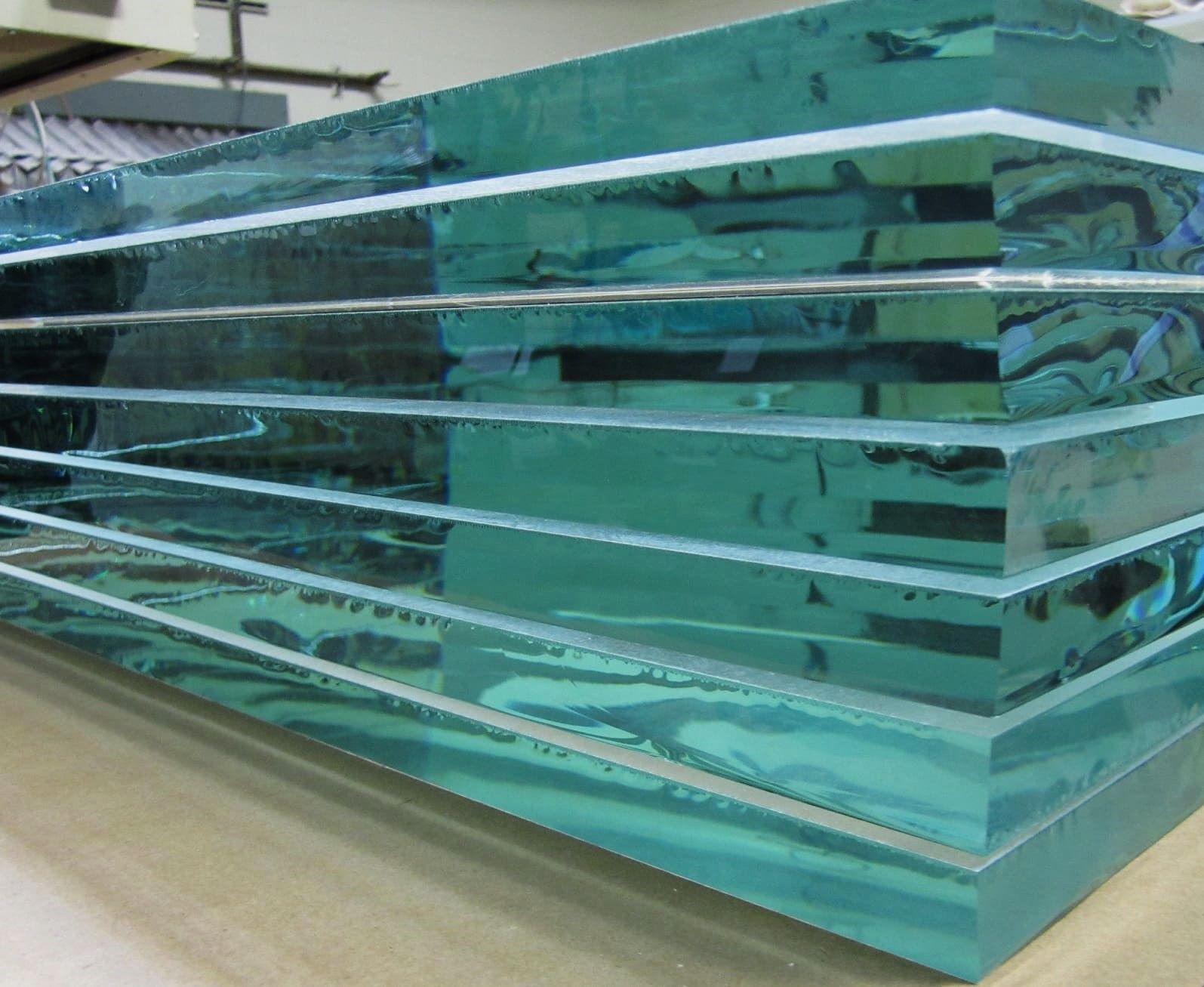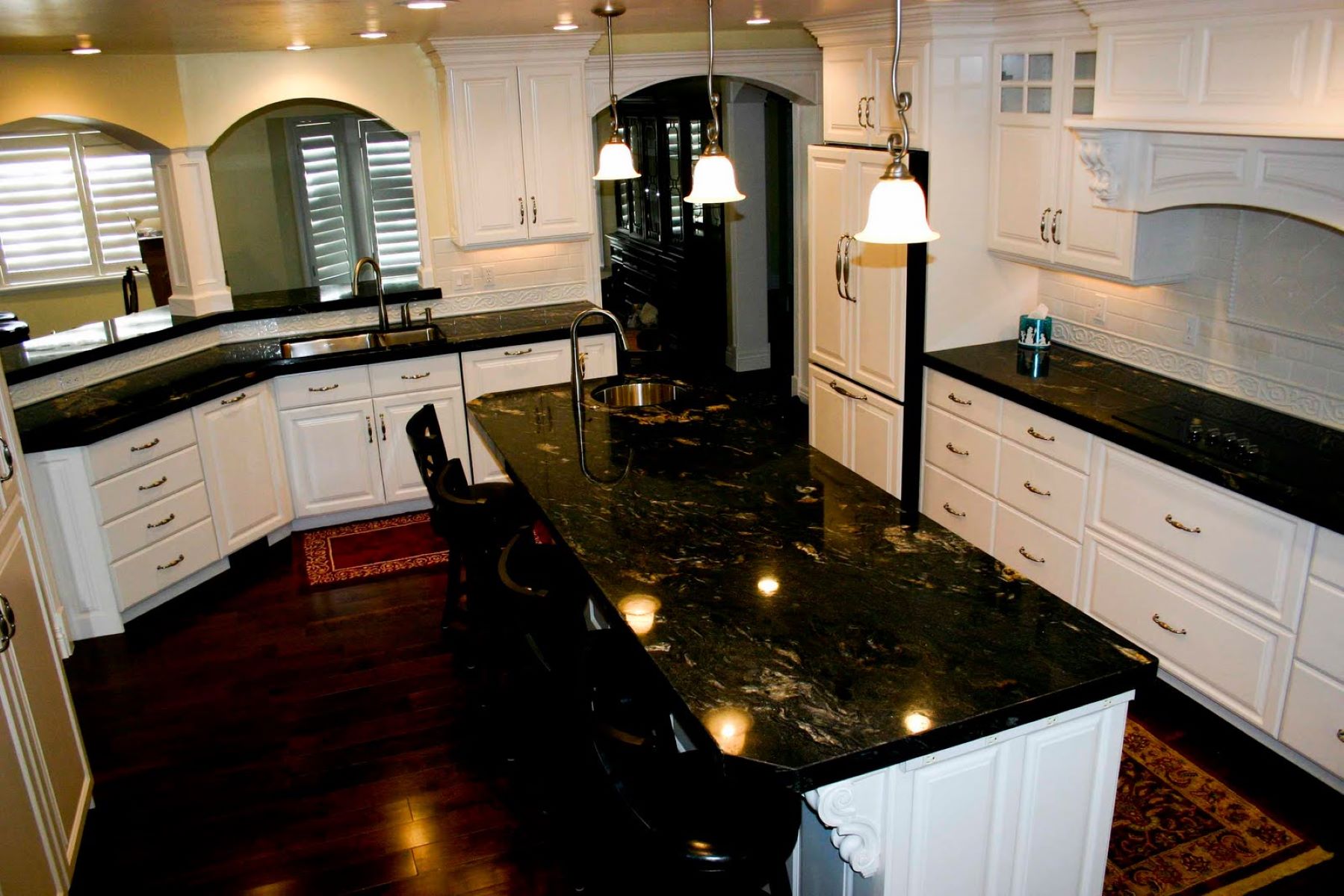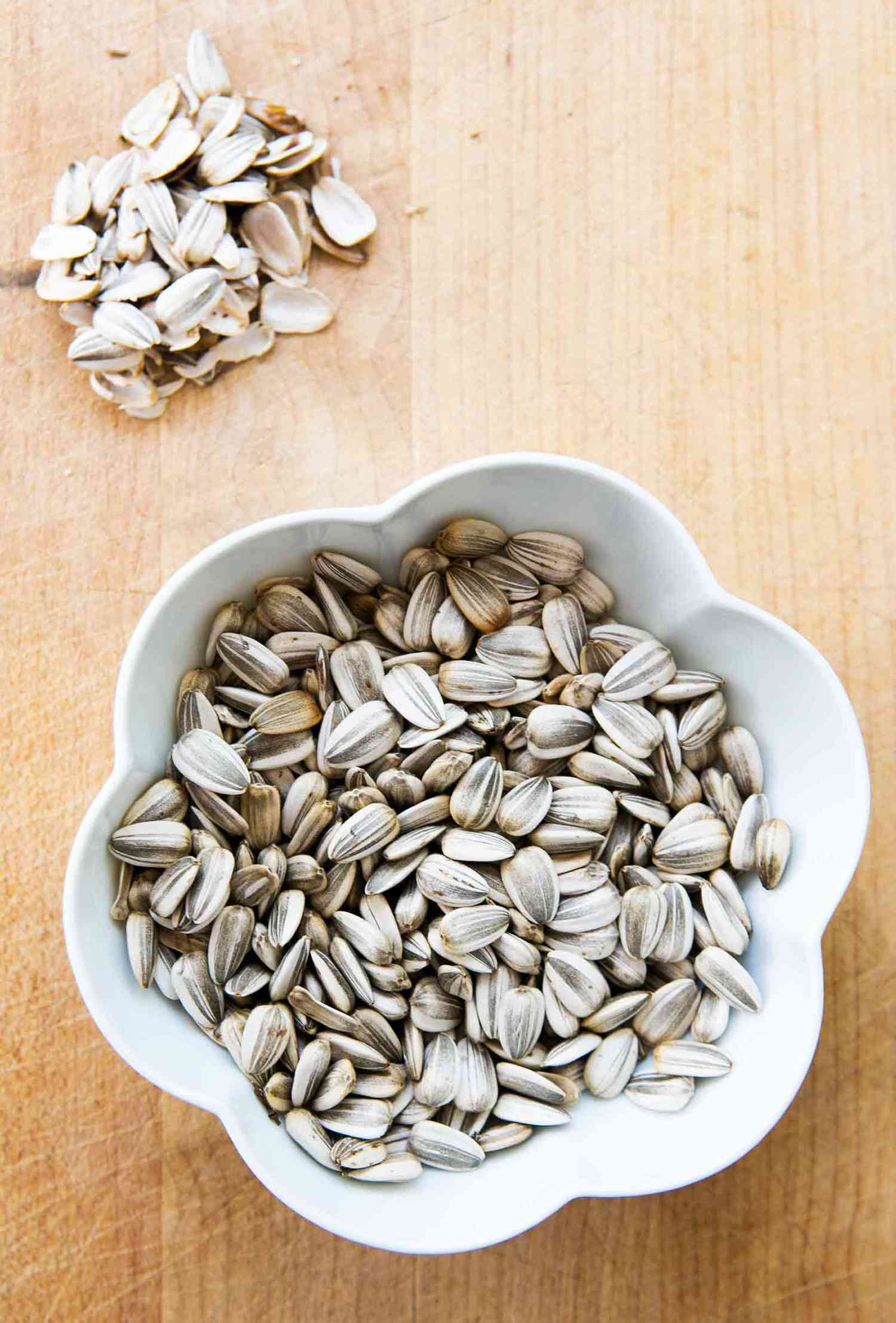Home>Furniture & Design>Interior Design Trends>How Much Does Glass Weigh


Interior Design Trends
How Much Does Glass Weigh
Modified: March 25, 2024
Discover the weight of glass and its impact on interior design trends. Learn how glass can influence the aesthetics and functionality of your space.
(Many of the links in this article redirect to a specific reviewed product. Your purchase of these products through affiliate links helps to generate commission for Storables.com, at no extra cost. Learn more)
Introduction
Glass is a versatile and ubiquitous material that has been an integral part of human civilization for centuries. Its transparent and reflective properties make it a popular choice for a wide range of applications, from architectural marvels to everyday household items. The weight of glass is a crucial factor in various industries, including construction, transportation, and manufacturing. Understanding the factors that influence the weight of glass and how to calculate it is essential for professionals and enthusiasts alike.
Glass's weight is influenced by several factors, including its thickness, type, and dimensions. Whether it's a delicate window pane or a sturdy glass tabletop, the weight of the glass can vary significantly based on these factors. Additionally, the weight of glass products plays a pivotal role in determining their suitability for specific applications. For instance, architects and engineers must consider the weight of glass when designing skyscrapers and other structures to ensure structural integrity and safety.
In this article, we will delve into the factors that affect the weight of glass, explore the typical weights of common glass products, and provide insights into calculating the weight of glass. By gaining a deeper understanding of these aspects, readers will be equipped with valuable knowledge that can inform their decision-making processes and enhance their appreciation for the remarkable material that is glass.
Key Takeaways:
- Glass weight is influenced by thickness, type, dimensions, and application. Understanding these factors helps professionals make informed decisions for construction and design projects.
- Calculating glass weight involves dimensions, type, area, thickness, and density. This knowledge empowers professionals to make accurate decisions in architecture and interior design.
Read more: How Much Does A Bed Weigh
Factors Affecting the Weight of Glass
The weight of glass is influenced by several key factors, each playing a significant role in determining the overall mass of the material. Understanding these factors is essential for professionals and enthusiasts alike, as it provides valuable insights into the characteristics and properties of glass.
-
Thickness: The thickness of glass is a primary determinant of its weight. Thicker glass naturally weighs more than thinner glass due to the additional material used in its construction. For instance, a standard window pane will weigh more than a glass sheet used in picture frames due to differences in thickness.
-
Type of Glass: The type of glass used also impacts its weight. Different types of glass, such as float glass, tempered glass, and laminated glass, have varying densities and compositions, leading to differences in weight. For example, tempered glass, known for its strength and safety features, tends to be heavier than standard float glass due to the tempering process.
-
Dimensions: The dimensions of the glass, including its length, width, and height, directly contribute to its weight. Larger pieces of glass naturally weigh more than smaller ones, as they require a greater amount of raw materials during the manufacturing process.
-
Additional Features: Any additional features or treatments applied to the glass, such as coatings, tints, or decorative elements, can impact its weight. These features add layers or materials to the glass, thereby increasing its overall mass.
-
Application: The intended application of the glass product also influences its weight. Glass used in architectural projects, such as skyscrapers or bridges, often requires specific weight considerations to ensure structural stability and safety. On the other hand, decorative glassware or artistic installations may prioritize aesthetic appeal over weight.
Understanding these factors is crucial for professionals working with glass, as it enables them to make informed decisions regarding material selection, design considerations, and structural requirements. By considering these factors, individuals can effectively manage the weight of glass in various applications, ensuring optimal performance and functionality.
By comprehending the intricate interplay of these factors, one can gain a deeper appreciation for the complexity and versatility of glass as a material, further highlighting its significance in diverse industries and everyday life.
Weight of Common Glass Products
The weight of common glass products varies widely based on their intended use, dimensions, and specific characteristics. Understanding the typical weights of these products is essential for professionals and enthusiasts working with glass, as it provides valuable insights into their handling, transportation, and structural considerations.
-
Window Panes: Standard window glass, often made of float glass, typically weighs around 6 to 8 pounds per square foot for single-strength glass and 12 to 16 pounds per square foot for double-strength glass. The weight can increase for larger or thicker window panes, especially in commercial or architectural applications.
-
Glass Tabletops: Glass tabletops, commonly used in dining tables and coffee tables, vary in weight based on their dimensions and thickness. A typical 1/4-inch thick glass tabletop can weigh approximately 4.5 to 6.5 pounds per square foot, while a 3/8-inch thick tabletop may weigh around 6.5 to 10 pounds per square foot.
-
Glass Shelves: Glass shelves, popular for both residential and commercial use, have varying weights depending on their dimensions and thickness. A standard 3/16-inch thick glass shelf can weigh approximately 2.5 to 3.4 pounds per square foot, while a 1/4-inch thick shelf may weigh around 3.4 to 4.5 pounds per square foot.
-
Glass Doors: Glass doors, commonly used in commercial and architectural settings, can have significant weight variations based on their size, type, and design. For instance, a standard 3/8-inch thick glass door can weigh approximately 6.5 to 10 pounds per square foot, with larger or custom-designed doors weighing more.
-
Mirrors: Mirrors, often made of standard float glass, have weights similar to those of glass tabletops and shelves based on their dimensions and thickness. A 1/4-inch thick mirror typically weighs around 4.5 to 6.5 pounds per square foot, while a 3/8-inch thick mirror may weigh approximately 6.5 to 10 pounds per square foot.
-
Glass Partitions: Glass partitions, utilized in office spaces and interior design, vary in weight based on their dimensions, thickness, and additional features such as decorative elements or coatings. The weight of glass partitions can range from 6 to 10 pounds per square foot, depending on the specific design and materials used.
Understanding the typical weights of these common glass products is invaluable for professionals in the architecture, interior design, and construction industries. It facilitates informed decision-making regarding material selection, structural considerations, and transportation logistics, ultimately contributing to the efficient and effective utilization of glass in diverse applications.
Glass weighs approximately 2.5 grams per cubic centimeter. To calculate the weight of a specific piece of glass, measure its volume and then multiply by 2.5.
How to Calculate the Weight of Glass
Calculating the weight of glass is a fundamental aspect of material estimation and structural planning in various industries. By understanding the process of determining the weight of glass, professionals and enthusiasts can make informed decisions regarding design, transportation, and installation. The following steps outline a straightforward method for calculating the weight of glass:
-
Determine the Dimensions: The first step in calculating the weight of glass involves obtaining accurate measurements of its length, width, and thickness. These dimensions are crucial for accurately estimating the glass's weight, as larger or thicker pieces naturally weigh more than smaller or thinner ones.
-
Identify the Type of Glass: Different types of glass have varying densities and compositions, directly impacting their weight. It is essential to identify the specific type of glass being used, whether it is float glass, tempered glass, laminated glass, or another variant, as this information is integral to the weight calculation process.
-
Calculate the Area: Once the dimensions of the glass are determined, the next step is to calculate the surface area of the glass. For rectangular or square glass pieces, this can be achieved by multiplying the length by the width. For circular or irregular shapes, more complex mathematical formulas may be required to accurately determine the area.
-
Consider the Thickness: The thickness of the glass significantly influences its weight. By multiplying the calculated area by the glass's thickness, the volume of the glass can be determined. This volume, measured in cubic inches or cubic feet, provides a crucial parameter for weight calculation.
-
Consult Weight Tables or Formulas: Many glass manufacturers and industry resources provide weight tables or formulas specific to different types and thicknesses of glass. These resources offer valuable insights into the weight per unit area or volume, enabling precise weight calculations based on the given dimensions and type of glass.
-
Apply the Density Factor: Using the density factor of the specific type of glass, the volume of the glass can be multiplied by its density to obtain the final weight. The density factor, typically measured in pounds per cubic inch or pounds per cubic foot, accounts for the mass of the glass material and is essential for accurate weight calculations.
By following these steps, individuals can effectively calculate the weight of glass, empowering them to make informed decisions in various professional and personal endeavors. Whether it involves designing architectural structures, selecting glass for interior decor, or determining transportation requirements, a comprehensive understanding of the weight calculation process is invaluable for leveraging the unique properties and potential of glass in diverse applications.
Conclusion
In conclusion, the weight of glass is a critical consideration in numerous industries, ranging from construction and architecture to interior design and manufacturing. By exploring the factors influencing glass weight, understanding the typical weights of common glass products, and delving into the process of calculating glass weight, professionals and enthusiasts gain valuable insights into harnessing the potential of this remarkable material.
The factors affecting glass weight, including thickness, type, dimensions, additional features, and application, underscore the intricate interplay of elements that contribute to the overall mass of glass. This understanding empowers individuals to make informed decisions regarding material selection, structural considerations, and design parameters, ultimately enhancing the efficiency and effectiveness of glass utilization in diverse applications.
Furthermore, the exploration of typical weights of common glass products provides a practical reference for professionals in the architecture, interior design, and construction industries. By gaining insights into the weight variations of window panes, glass tabletops, shelves, doors, mirrors, and partitions, professionals can optimize their decision-making processes, ensuring the seamless integration of glass into their projects while considering transportation logistics and structural requirements.
The detailed process of calculating glass weight offers a systematic approach for professionals and enthusiasts to estimate the mass of glass accurately. By following the outlined steps, individuals can make precise weight calculations based on the dimensions and type of glass, facilitating informed decision-making in various professional and personal endeavors, from architectural design to interior decor and transportation logistics.
Ultimately, the comprehensive understanding of glass weight presented in this article serves as a valuable resource for professionals and enthusiasts alike. By recognizing the multifaceted nature of glass weight and its implications across diverse industries, individuals can leverage this knowledge to enhance their practices, elevate their designs, and contribute to the efficient and sustainable utilization of glass in the modern world.
Frequently Asked Questions about How Much Does Glass Weigh
Was this page helpful?
At Storables.com, we guarantee accurate and reliable information. Our content, validated by Expert Board Contributors, is crafted following stringent Editorial Policies. We're committed to providing you with well-researched, expert-backed insights for all your informational needs.
















0 thoughts on “How Much Does Glass Weigh”